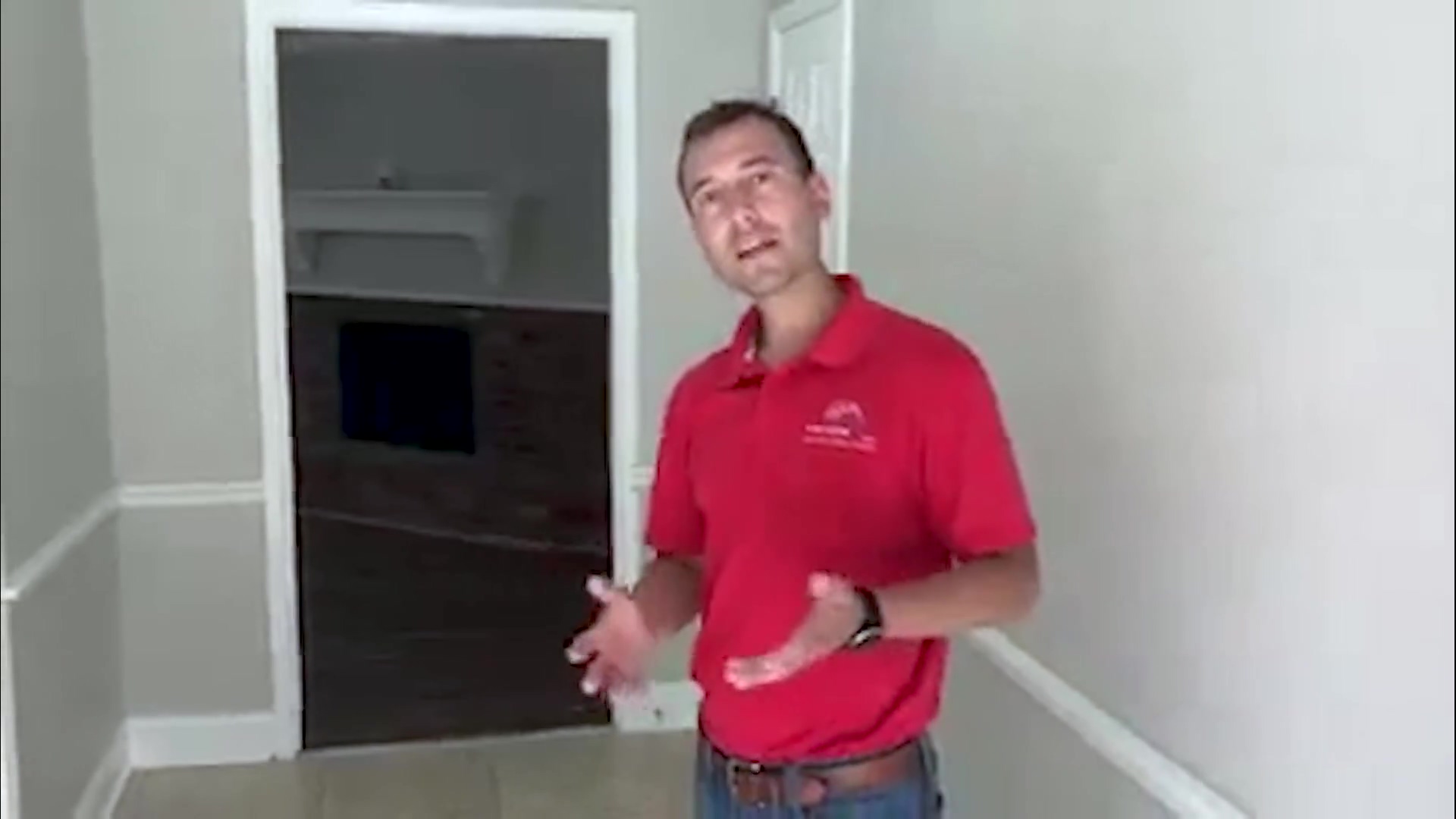 Your real estate investment strategy impacts which markets you should target. Where buy-and-hold investing is concerned, your market choice is paramount.
Your real estate investment strategy impacts which markets you should target. Where buy-and-hold investing is concerned, your market choice is paramount.
Because you’re looking to maximize the investment property’s potential (and your profits) over time — spanning anywhere from five years to decades — you’ve got to make the right choice.
How do you know a real estate market is going to be conducive to a buy-and-hold strategy?
First things first...what’s buy-and-hold?
Buy-and-hold is the opposite of a flipping model. Rather than buying a property, renovating it, and selling it for a one-time payout, buy-and-hold investors buy properties, renovate them, and rent them out for the long term.
Because of this, buy-and-hold investors have a deeper, more valuable connection to the markets they invest in.
The major advantages to a buy-and-hold strategy are:
- Long-term property appreciations
- Passive income
- Market timing flexibility
Buy-and-hold investors have more time for their property to mature with its potential. Over time, the property not only appreciates, but passive income allows you to build equity by paying down mortgage debt with someone else’s money. Unlike flippers, buy-and-hold investors don’t have to time the market for prime times to buy and sell.
3 Signs Your Real Estate Market Has Great Buy-and-Hold Potential
It’s growing.
Market growth is essential in any buy-and-hold market. This growth manifests in different ways — each one valuable in its own right.
Economic Growth — Economic health is intrinsically tied to real estate market performance. Economic growth and stability, including industry diversity, high-skilled job opportunities, and wage growth, translate into real estate demand. People go where there are good jobs, and those people need places to live.
Population Growth — A growing population means greater real estate demand. This demand, in turn, helps prices and rates grow while also reducing vacancy rates and resident turnover. Consistency in population growth means you are in a desirable market.
Real Estate Price Growth — Are properties appreciating over time? Look at the history of median prices in your market. They should be on the rise. While the majority of real estate markets experienced unprecedented appreciation in 2020 and 2021, we have to look at the bigger picture. What’s the average appreciation rate — and what can you expect your investment to be worth in 10 or 20 years?
It’s consistent.
When we look at growth as a sign of market health, we must also consider consistency. There are “hot” real estate markets experiencing wild fluctuations in price growth and demand, but that doesn’t necessarily make them the best buy-and-hold markets. For one, unpredictable spikes (even positive spikes) in a market make it more difficult to gauge long-term performance.
These markets often become overvalued. By the time you buy, it might be too late to truly reap the rewards of the market in the way you expected. Just look at the Great Recession — the hottest, high-value markets at the time were the ones that came crashing down the hardest.
Consistency is key. A market doesn’t have to have explosive growth to be valuable. If anything, a long history of steady (even small) growth in key areas points to the stability the buy-and-hold investors crave. At the very least, the bulk of a buy-and-hold portfolio should be made up of these slow-and-steady real estate markets.
It’s affordable.
The cost of any given market plays a major role in its viability for investment. Buy-and-hold real estate investors benefit from long-term appreciation, yes, but the present cost of the investment in question is a major decision-making factor.
Buy-and-hold investors do well to target markets that are more affordable than their present market (where they live and receive income). This not only makes real estate more accessible and scalable, but it increases potential profit margins.
This isn’t to say look for cheap real estate. However, relative to other markets, you need to consider the different cost factors that can eat away at your passive income. Insurance rates, local tax rates, financing costs, and ongoing maintenance costs, among other things, vary from market to market.
Affordability isn’t about finding the cheapest options. It’s about maximizing your ROI by assessing and comparing costs across multiple markets. Examine your income-earning potential fully. Weigh average appreciation rates (for both rental rates and property values) alongside all of the potential costs associating with buying and maintaining the property.
Feeling lost on where you should invest? Your REI Nation advisor is here to help you assess our hand-selected buy-and-hold markets.












